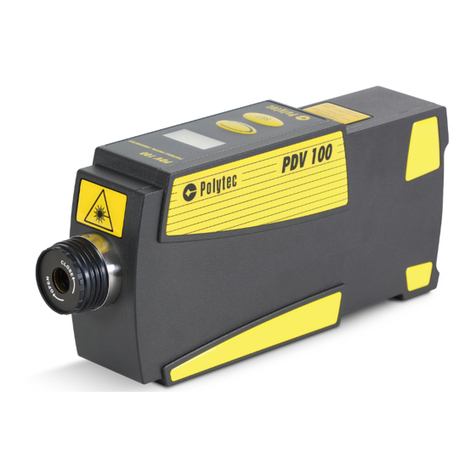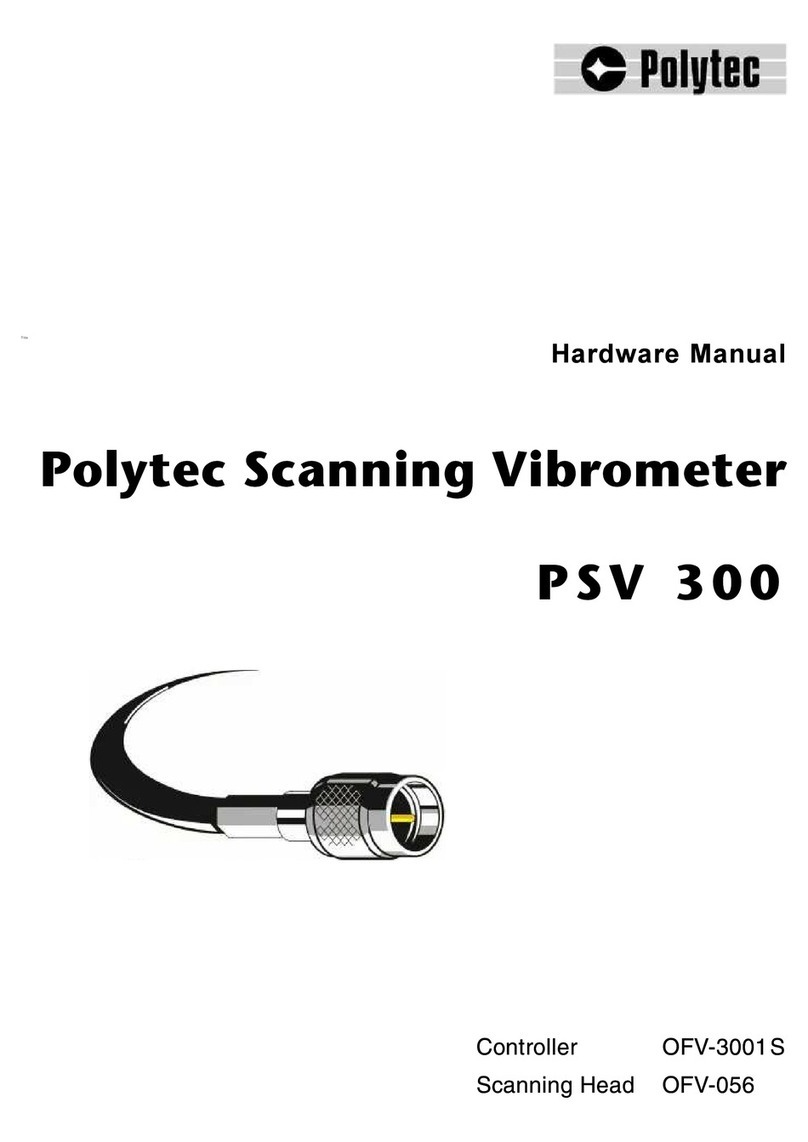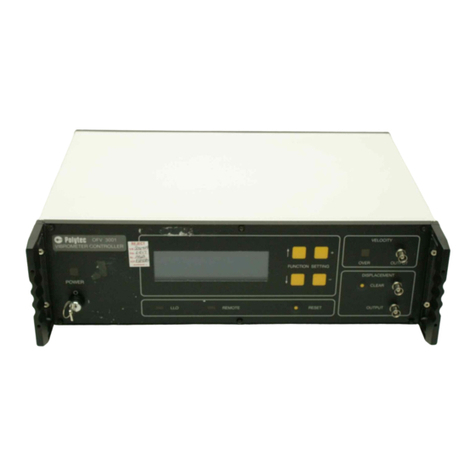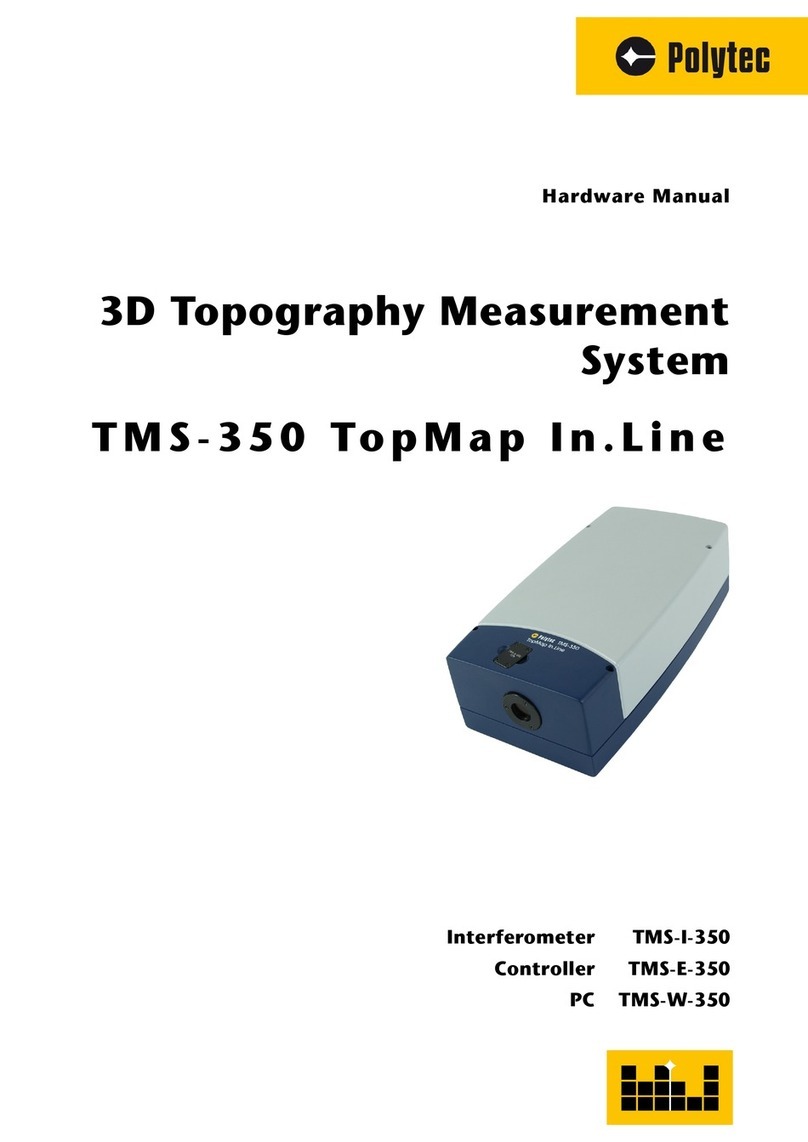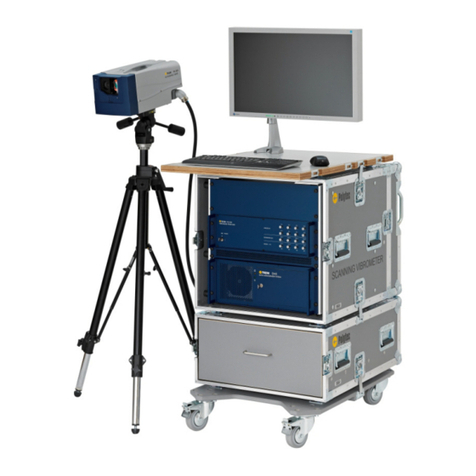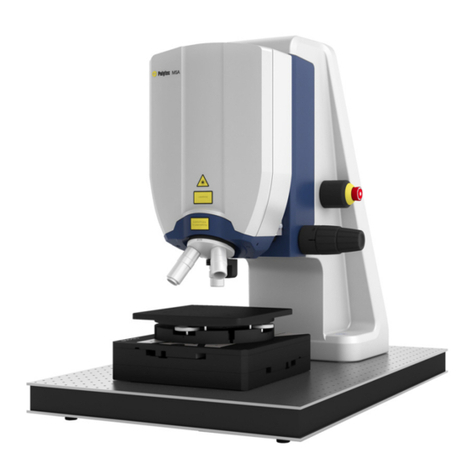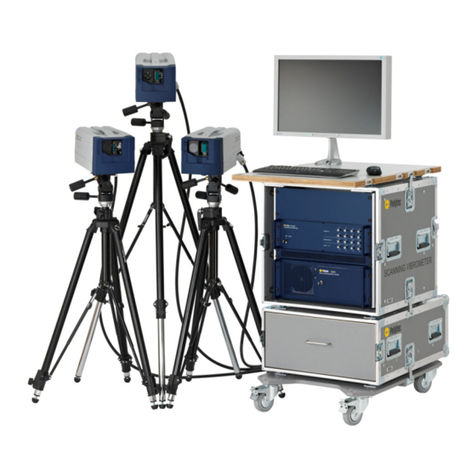
L
&RQWHQWV
&RQWHQWV
6DIHW\,QIRUPDWLRQ
1.1 Laser Safety ....................................................................................................................... 1-1
1.2 Laser Warning Labels ......................................................................................................... 1-2
1.2.1 EC Countries.............................................................................................................1-2
1.2.2 Non-EC Countries..................................................................................................... 1-4
1.3 Electrical Safety.................................................................................................................. 1-5
,QWURGXFWLRQ
2.1 System Overview................................................................................................................ 2-1
2.2 Component Summary ......................................................................................................... 2-2
)LUVW6WHSV
3.1 Operating and Maintenance Requirements ......................................................................... 3-1
3.2 Unpacking and Inspection...................................................................................................3-2
3.3 Control Elements of the Vibrometer ....................................................................................3-3
3.3.1 Controller .................................................................................................................. 3-3
3.3.2 Sensor Head OFV-303 .............................................................................................. 3-7
3.3.3 Sensor Head OFV-353.............................................................................................. 3-8
3.3.4 Sensor Head OFV-511 .............................................................................................. 3-9
3.3.5 Sensor Head OFV-512 .............................................................................................3-11
3.4 Installation and Functional Test......................................................................................... 3-13
3.4.1 Vibrometer with Sensor Head OFV-303/-353........................................................... 3-13
3.4.2 Vibrometer with Sensor Head OFV-511/-512 ........................................................... 3-14
0DNLQJ0HDVXUHPHQWV
4.1 Start-up............................................................................................................................... 4-1
4.1.1 Vibrometer with Sensor Head OFV-303/-353.............................................................4-1
4.1.2 Vibrometer with Sensor Head OFV-511/-512 ............................................................. 4-2
4.1.3 Displaying the Output Signals ................................................................................... 4-3
4.2 Selecting Suitable Settings ................................................................................................. 4-4
4.2.1 Velocity or Displacement Measurement?................................................................... 4-4
4.2.2 Settings for Velocity Measurement ............................................................................ 4-5
4.2.3 Settings for Displacement Measurement (optional)...................................................4-11
4.2.4 Optimal Stand-Off Distances for the Sensor Heads ................................................. 4-15
2SHUDWLQJWKH9LEURPHWHU
5.1 Switching On and Off.......................................................................................................... 5-1
5.2 Beam Shutter and Emission Indicator .................................................................................5-1
5.3 Signal Level Display ........................................................................................................... 5-2
5.4 Focusing the Laser Beam ................................................................................................... 5-2
5.5 Exchanging the Front Lens ................................................................................................. 5-4
5.6 Making Single Point Measurements with the Sensor Head OFV-512................................... 5-5
